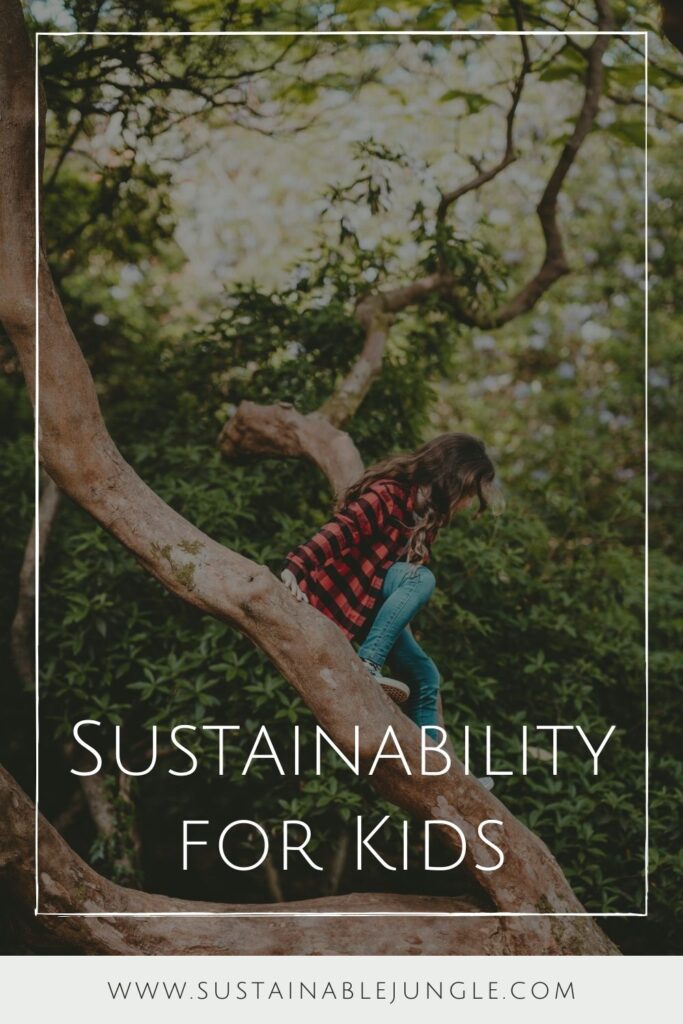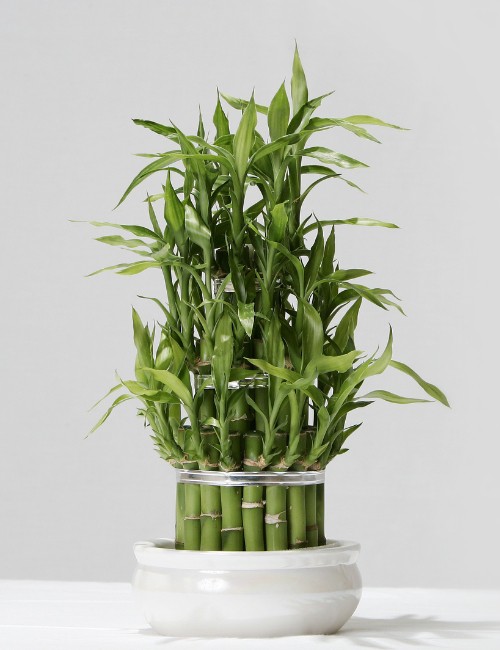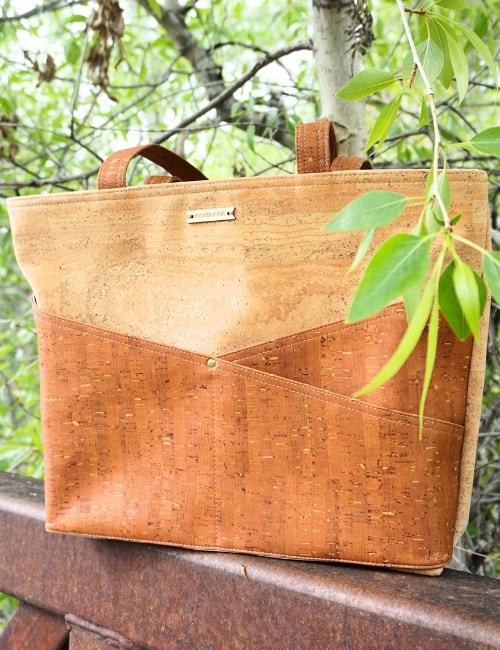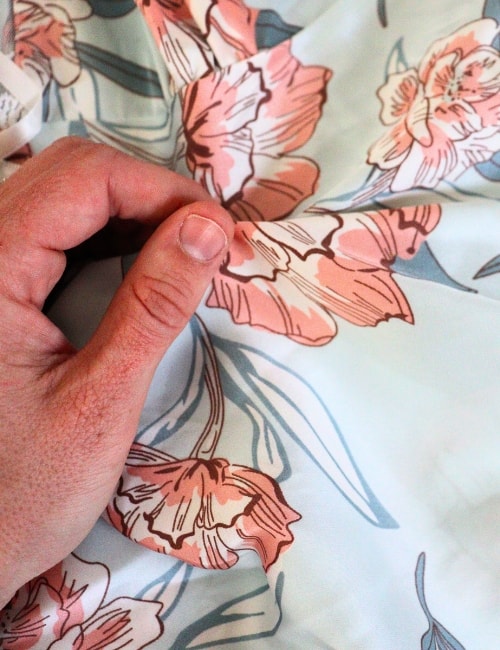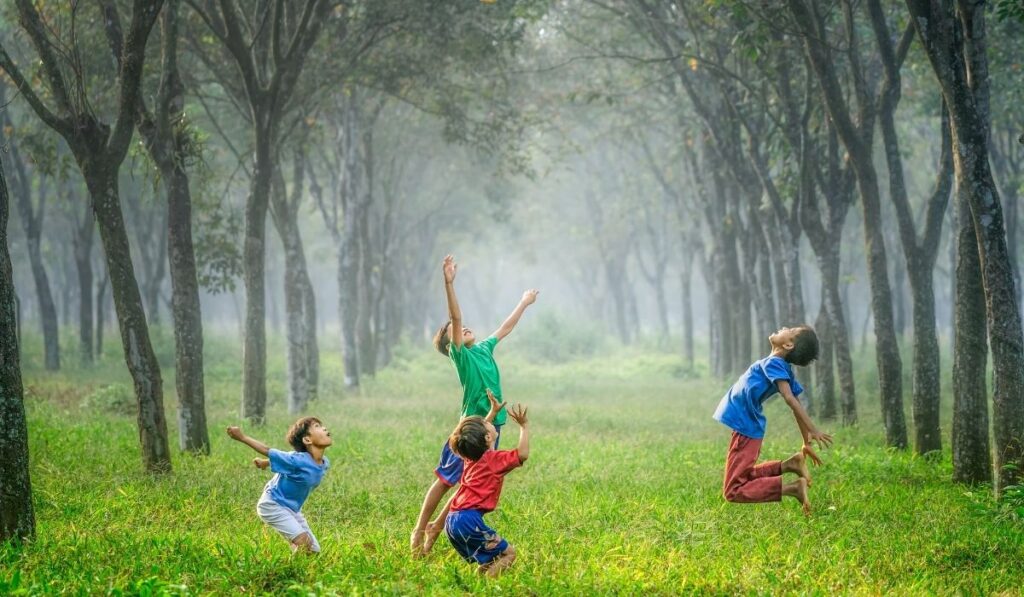
Sustainability for Kids: 6 Lessons to Enlighten Your Pint-Sized Eco-Warrior
Think your child is too young to make a difference?
Think again.
Kids are the future and we need to imbue them with a sense of stewardship for the Earth: How to look after it for their own generation, as well as those that follow.
Sustainability for kids embodies one of the core tenets of sustainable living: the smallest changes—even by the smallest people—can help create meaningful change.
Just think of Greta Thunberg, Mari Copeny, Xiye Bastida, Irsa Hirsi, Lesein Mutunkei, and Leah Namugerwa. These kids have made a global environmental impact…at just 11, 12, or 18 years old!
So, what is sustainability for kids?
It’s easy to get caught in the weeds of this concept, but it’s really rather simple (not to mention fun!).
A good sustainability definition for kids can be short and sweet: To make small changes which help us look after our home we call Earth.
The best thing about these sustainability activities for kids is that you’ll be involved, too. Because we all—young and old alike—can learn to show our planet a little more love.
QUICK LINKS FOR SUSTAINABILITY ACTIVITIES FOR KIDS
1. FOSTER A LOVE FOR NATURE
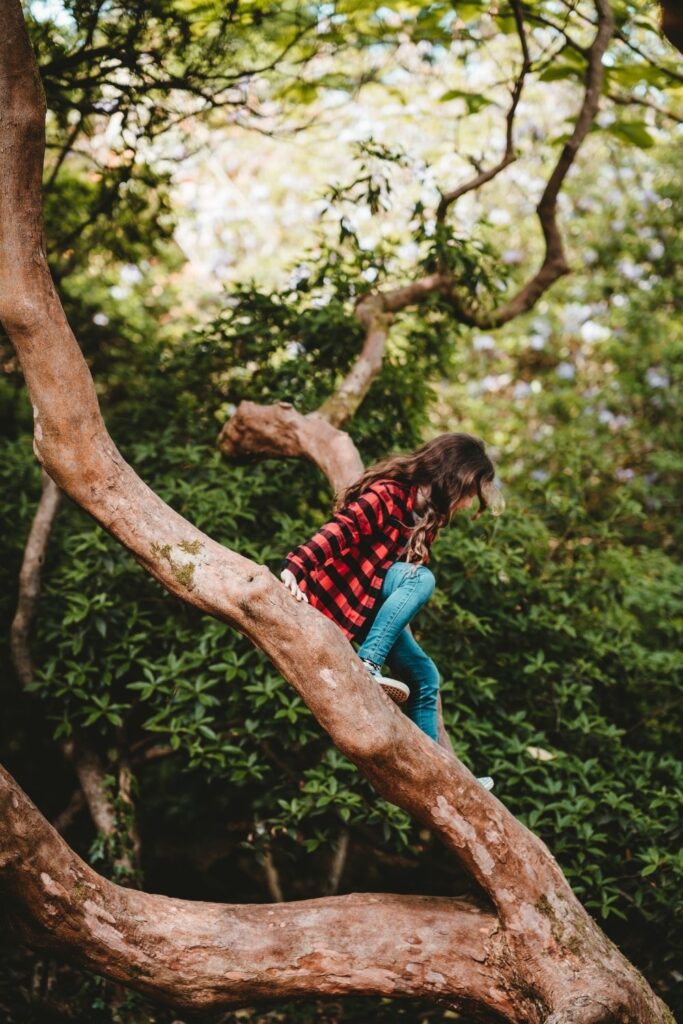
Think back to your own childhood.
We bet you have fond memories of dirty knees, earthworm digging, tree climbing, picnicking, animal, bird and bug spotting, hide and seek…
But things are a little different for kids today than they were twenty / thirty years ago. Exposure to screens and devices from a young age, the outdoor-play kids used to enjoy all but takes second stage.
In fact, 50% of kids spend less than an hour outside every day—which is less than US prison inmates.
As Richard Louv crucially pointed out:
“We cannot protect something we do not love, we cannot love what we do not know, and we cannot know what we do not see. And touch. And hear.”
He’s the author of Last Child in the Woods, a book about “nature-deficit disorder”, which refers to the human cost that results from being alienated from nature: attention difficulties, higher rates of physical and emotional illnesses, conditions of obesity, and diminished use of our senses.
Not only is a disconnect with nature detrimental to a child’s mental and physical health, but it undermines the capacity of a child to understand and care for our planet, as well as its precious resources.
Sustainability explained for kids is best achieved not through our words but by experience, allowing them to just be in nature, observe the environment around them through their own senses and letting them come to their own conclusions.
It can be as simple as spending more time in your backyard, going to a local park, taking a daily walk, or planning a weekly bike ride.
For busy parents, there are more flexible ways to help your kids experience the natural world:
- Explore different parks in your area—especially those with different landscapes (forests, meadows, cliffs, wetlands, deserts, coasts, mountains, shrubland, rainforest, woodland, moor, and jungle).
- Visit local waterways or spend time near the ocean if possible.
- Take some time to really get to know your backyard. How many different plant species are there? How many types of birds, insects, and other animals can you see? How do seasonal changes impact the area? Make a list and notice different animal behaviors.
- Take a trip to a local zoo or wildlife sanctuary.
- Visit a local farm or ecological center.
- Consider a camping trip (using eco friendly camping gear, of course)—even if it’s only in your backyard!
- Move playtime outdoors by planning hikes, games, or scavenger hunts.
- Designate screen-free outdoor time each week and let your child’s curiosity and imagination guide their play.
The earlier you introduce a young one to being outside, the more likely they are to want to continue exploring the natural world.
We know firsthand how busy parent life can be, but remember to get outside with them, too. The more time you spend outdoors with your child, the more they’ll feel connected to you and the environment.
Your actions speak loudest.
2. DIVE INTO SUSTAINABILITY BOOKS
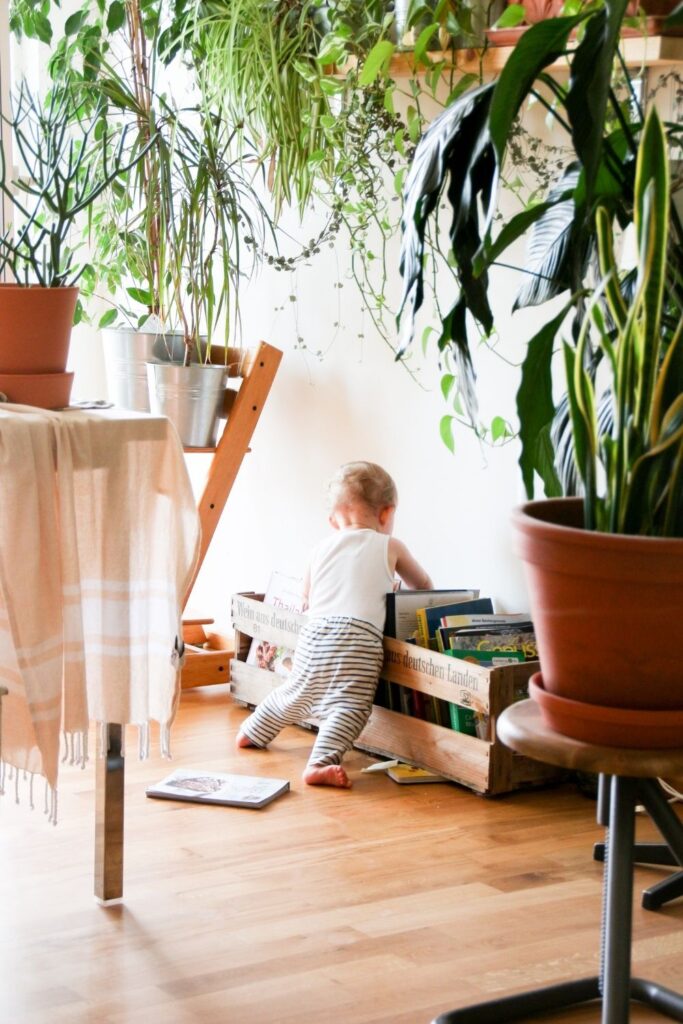
Rainy days happen, but instead of a screen, supplement a child’s outdoor experiences with sustainability books that help them learn more about nature.
If they’re younger, read with them.
In the 1985 report, “Becoming a Nation of Readers,” reading aloud was considered to be the most important activity for supporting a child with the knowledge required for eventual success in reading.
Chances are, you’ll get something out of a shared reading experience, too, since there’s always something new to learn about the beautiful home we call Earth.
When it comes to the best sustainability books for kids, you could fill several bookshelves, but here are a few to get the pages turning:
- Thank You, Earth: A poetic book illustrated with beautiful photos of the wonders of our world that helps kids aged 4-8 years old learn the vocabulary of nature and use it to appreciate Earth.
- Old Enough to Save the Planet: An introduction to planet-friendly role models in the form of 12 child activists. It includes practical tips for kids to apply at school and home.
- No Monkeys, No Chocolate: An easy-to-understand look at the interdependence of natural systems (that could be followed up with a sweet, plastic-free treat from your favorite bulk store online).
3. START COMPOSTING
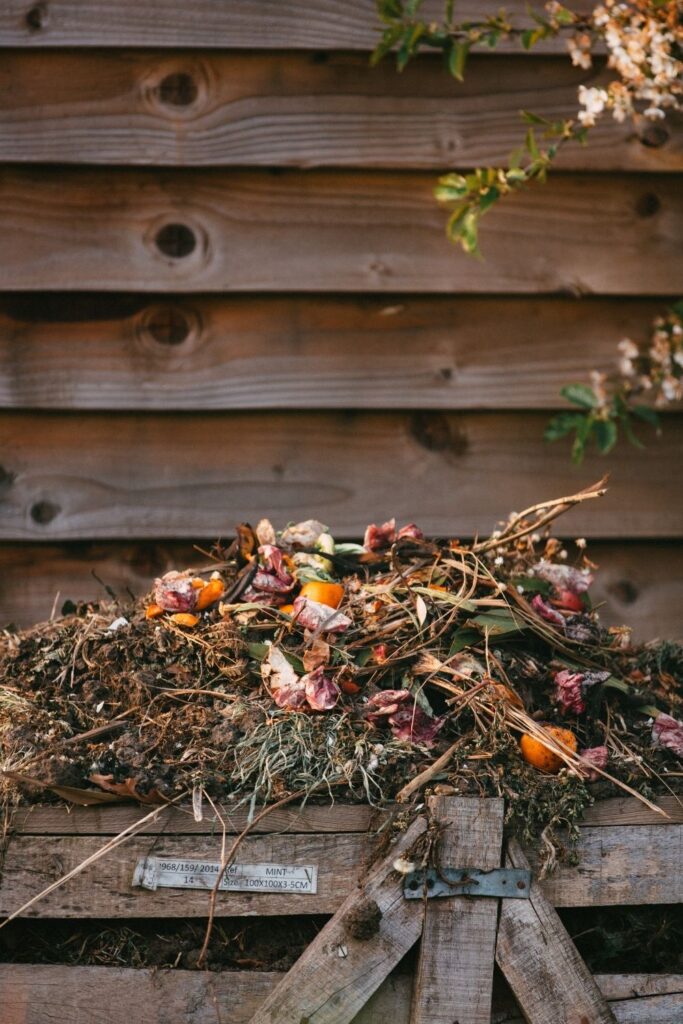
Like spending time outdoors, practical, hands-on experiences mold curious little minds to appreciate and understand nature and the interconnectedness of natural systems.
That’s why composting makes for one of the most exciting sustainability projects for kids.
Between learning what is compostable, what’s not compostable, and practicing it themselves (even if it’s just small-scale apartment composting), a child can learn firsthand about the numerous benefits of composting—and play an active role in helping you reduce your household food waste!
This can be done in your indoor compost bin, backyard pile, or you can go the extra mile by creating a soil-arium that gives a full view of the decomposition process.
This entails filling a glass jar with yard debris, newspaper, produce scraps, and rainwater—and then witnessing it gradually decompose.
For kiddos that love the gross and slimy, consider wriggling into the world of vermicomposting so they can learn about what worms eat and why these little guys are so crucial to the natural world (ever heard of worm tea?).
Regardless of how you do it, a child will learn about decomposition, the circle of life, and the importance of re-considering “waste.”
4. HELP THEM PLANT SOMETHING
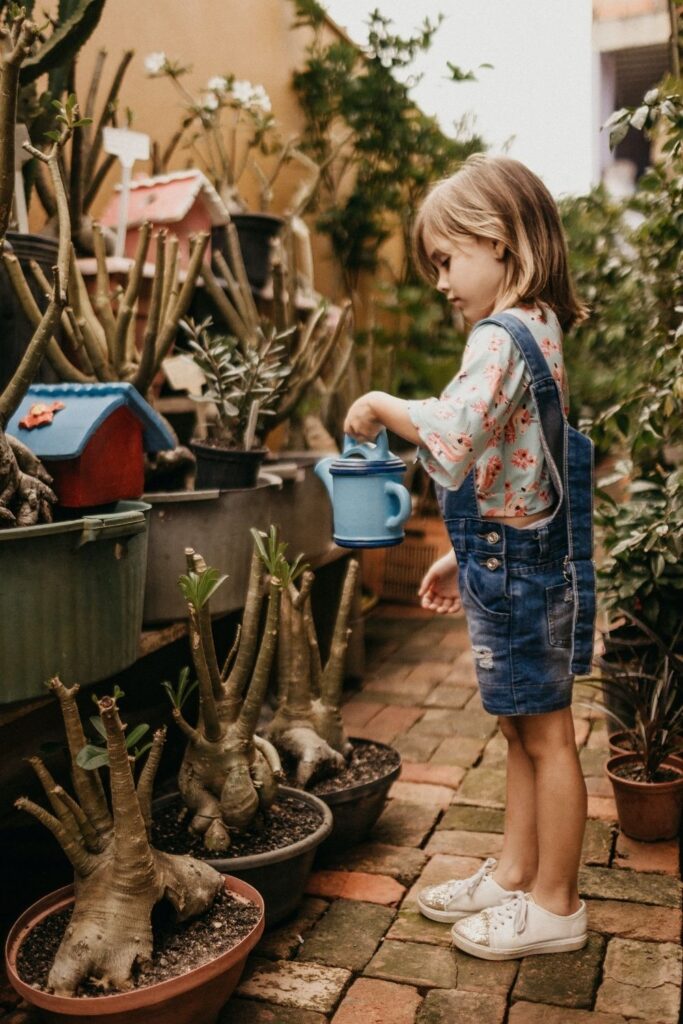
To take composting to the next level and allow the child to see how it can contribute to growth, use the finished compost to plant a tree or start an apartment garden.
If you have the outdoor space, create a vegetable patch.
Radishes, carrots, tomatoes, and beets are generally easy to grow and grow relatively quickly. With vegetables like these, a child can taste, touch, and smell the natural world directly.
What kid doesn’t love the opportunity to get their hands dirty and not get in trouble for it?!
In fact, research has found that children are five times more likely to eat vegetables when they grow them themselves. If your little one is not into greens, this activity may just be what they need to foster a healthier diet.
Once the seeds are sown, encourage them to spend time caring for their plants, either through watering, weeding, or the all-too-exciting process of harvesting. They’ll learn how seeds sprout, when and why some flower, and how bugs, sunlight, and water interact with the thriving plants.
This isn’t just a lesson on environmental sustainability for kids.
This exercise also teaches your kiddo responsibility. And once they see the growth of their tree at the end of the season, they’ll have something to take pride in, which will ultimately contribute to their self-esteem.
5. PRACTICE THE FIVE R’S
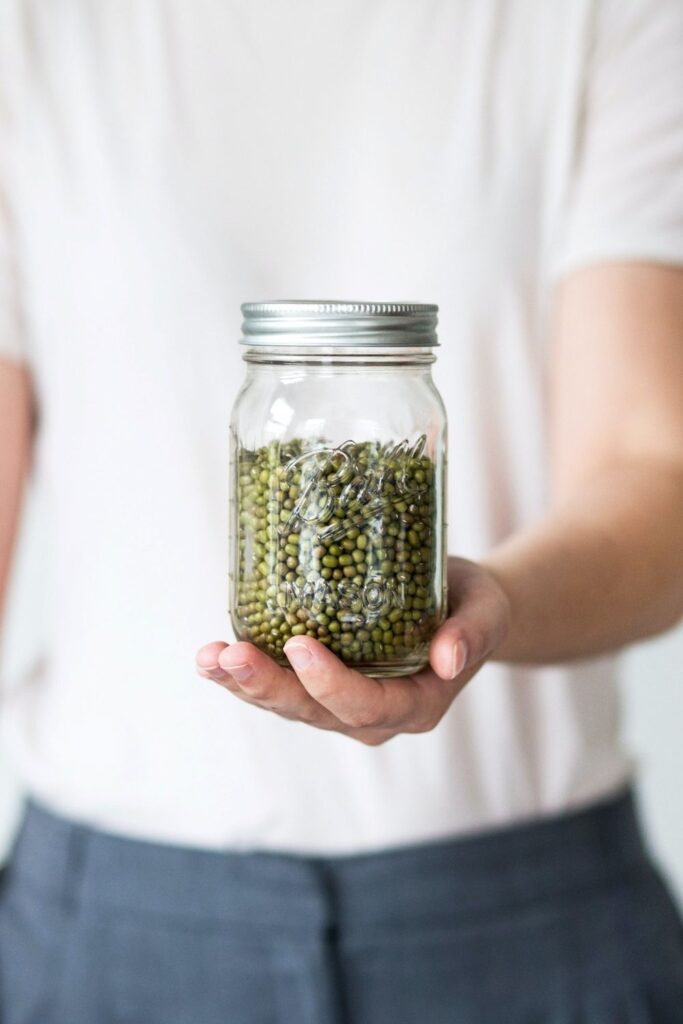
Looking for more sustainability topics for kids?
Here are five of them.
Most of us know the three Rs coined in the late 1970s, but what about the five Rs?
Bea Johnson expanded on the usual reduce, reuse, and recycle in her zero waste book, Zero Waste Home, by adding refuse and rot to the mix.
Each one of the 5 R’s of sustainability for kids can be turned into something fun for the whole family, providing infotainment for little ones as they learn the value of resources.
Refuse
Before buying new, ask whether you need to.
We all know kids love things that are new, but try to encourage them to instead see the value in what they already have.
Teaching to repair than replace is one easily digestible way to convey this message. Since skinned knees and kids go together like peanut butter and jelly, use a fall as a lesson for how to add a patch to a ripped pair of jeans.
Share with your child the process of repairing broken clothes, fixing inoperable toys, or sewing up ripped teddy bears at “the hospital.”
Reduce
Avoid waste whenever you can.
Especially single-use plastics. Instead, make snacks at home with your child, pack them in reusable, plastic free food storage containers and always carry your plastic free water bottle.
Saying “no” to that new toy which your kiddo’s friend just got is tricky, but if the word “bored” has been popping up a lot, consider rotating the toy collection, to keep the toy selection fresh and reduce the “need” for something new.
If you have a brand new member of the family, you may not be able to turn them into an eco-warrior just yet, but you can set them on the zero waste baby track by opting for reusable eco friendly diapers.
Reuse
Before something is recycled or disposed of, see if it can be reused.
Creativity and sustainability go hand in hand, so why not cultivate both at the same time?
Turn glass jars, cereal boxes, and other packages into craft materials.
Wondering what to do with old socks, or what to do with old clothes, or even old underwear can turn into a fun crafting activity you can do together—and might even yield something useful.
When it comes to eco-friendly toys, there are alternatives to buying new, plastic-made toys that will be forgotten about all too quickly.
- See if older children in the family, at school, or in your neighborhood have used toys that could be passed down.
- Turn a playdate into a toy swap.
- Consider joining a toy subscription service in your area. Sharing is caring for our planet.
- Visit your local thrift store for second hand toys.
Rot
Some materials are too valuable for landfills, namely those that came from the earth.
Composting is the most sustainable way to deal with all kinds of food waste. By practicing this daily you’ll rewrite your child’s definition of “waste” and help them make an enormously positive impact in their own life.
That’s why we’ve dedicated a whole section to it.
Recycle
The last resort: recycle.
Recruit your kids as recycling helpers by labeling recycling bins to make it easier for everyone in your home (adults included).
One bin could be used for most curbside recycling like paper, some types of plastic, metal, and glass.
Another could be used for difficult-to-recycle items like electronics, batteries, plastic bags, and other waste.
These can be dropped off on a “field trip” at your local council or at a supermarket, pharmacy, or hardware store that accepts the waste you’re getting rid of.
If it’s age-appropriate, you can even consider planning a trip to a local landfill or recycling facility to really get a sense of how much waste is produced, and how some of it can be processed into something new.
Don’t forget to teach kids how to properly recycle, too.
Show them what can be recycled by local programs and what unwanted bin additions (like food residue left in jars or lids on bottles) might cause contamination and ruin whole batches of recyclable goods.
6. SET A GOOD EXAMPLE
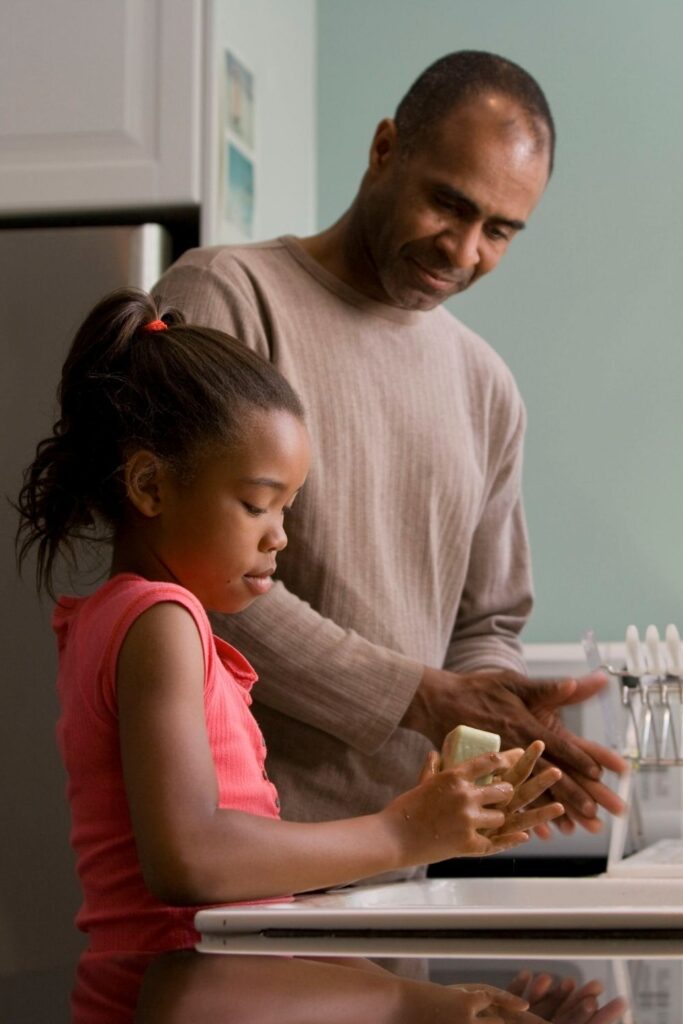
Not all heroes wear capes. And you are your child’s hero.
They’ll emulate you long before they learn to act like Superman.
As Ralph Waldo Emerson said, “What you are speaks so loudly, I can’t hear what you are saying.”
There’s a reason this sentiment has been repeated through the ages—psychologists have long known that leading by example is the most effective way to parent.
“Modeling” for young minds is critical to imparting empathy towards our planet and therefore living a more sustainable life.
Here are some simple ways for you to practise what you preach so your kids too can pick up what you’re putting down:
- Bike to work (if you can) – changing the way you commute will show your kid a healthier alternative to the usual hum-drum traffic.
- Avoid fast fashion by creating a capsule wardrobe, only buy secondhand clothes, wear garments for as long as you can, or buy from sustainable clothing brands when you do need something new (hint: a lot of them offer sustainable kids clothing and organic kid’s clothing, too).
- Plan a road trip instead of purchasing plane tickets for your next family vacation.
- Establish “free family nights” where you watch a movie you own, cook with whatever’s in the kitchen, and vow to have fun without spending money (scrabble, anyone?).
- Make a habit of picking up garbage you see on walks, at the school playground, or at the beach.
- Sign up for a local, age-appropriate volunteer day together. There are many citizen science projects that would be fun for your kid (and likely you).
- Experiment with low waste living tips to help chip away at the disposable products you bring into your home.
- Remember to turn off lights and devices when not in use, take shorter showers, hang dry your clothes instead of using the dryer in the summer, and always have your eco friendly water bottle.
- The list of ways for how to reduce your carbon footprint at home are as endless as your kiddo’s imagination.
FINAL THOUGHTS ON WHY SUSTAINABILITY IS IMPORTANT FOR KIDS
So, why is sustainability important for kids?
That’s easy.
Because their future depends on it.
Healthy ecosystems and environments are essential for the survival of all flora and fauna, and that includes our kiddos.
When a child understands this, and takes responsibility for their actions, plans their future, and forms a deeper connection with the wonders of this world, they’ll be healthier, happier, and better able to contribute to a thriving future for all.
Know any kids who could use a bit of schooling in sustainability?
Feel free to share with other parents, teachers, aunts, uncles, and friends so our next generation can enjoy the world as much as we do.
